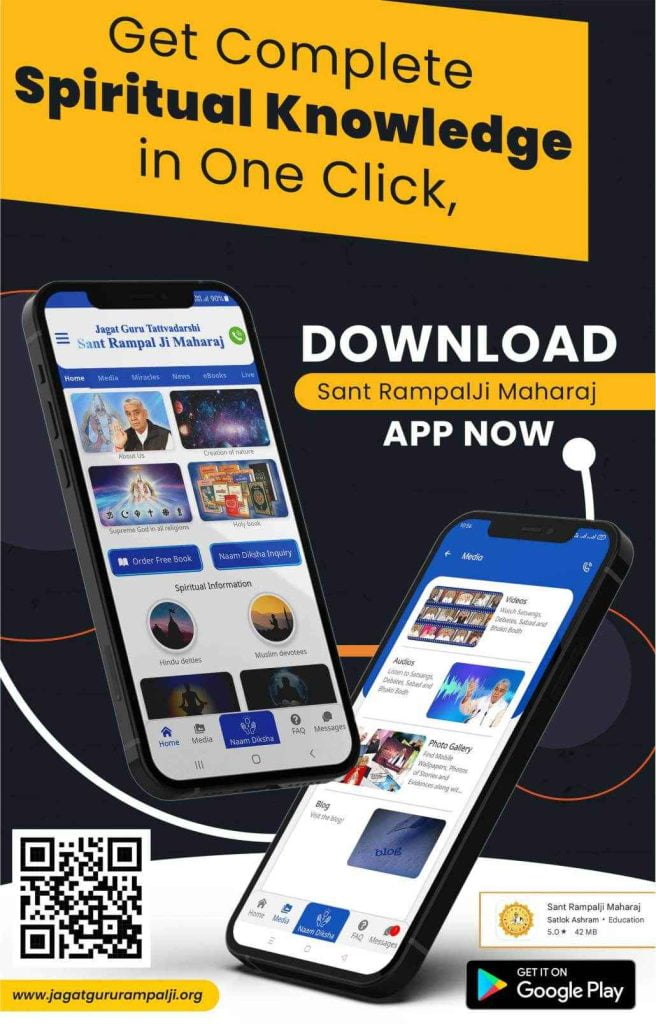“Make the customer the hero of your story.” – Ann Handley
Have you ever wondered how websites, companies, or even your favorite YouTubers get your attention online? It’s often not just about flashy ads. A lot of the time, it’s about sharing something genuinely useful or interesting. That’s where content marketing comes in.
Think about it. When you have a question, what’s the first thing you do? You probably search for it online, right? You look for articles, videos, or guides that give you answers. Content marketing is basically the art of creating and sharing that helpful stuff. It’s designed to attract people, keep them interested, and build a connection. This blog post will explore what content marketing is, why it’s so important today, and how it actually works, all backed by some interesting facts and figures.
What Exactly is Content Marketing?
So, let’s break it down. Content marketing is a strategic approach used by businesses and individuals. The main goal is to create and share valuable, relevant, and consistent content. What does that mean?
- Valuable: The content actually helps someone. It answers a question, solves a problem, teaches something new, or entertains them.
- Relevant: The content is related to what the audience cares about and also connected to what the creator offers or represents.
- Consistent: It’s not just a one-time thing. Content is shared regularly, so people know they can count on finding fresh information.
The aim isn’t just to sell something immediately. Instead, it’s about attracting and retaining a clearly defined audience. You want people to find your content, like it, trust you because you’re helpful, and eventually, perhaps become a customer or supporter. It’s about building a relationship first.
Why Is It Different from Just Advertising?
You might be thinking, “Isn’t this just advertising?” Well, not quite. Traditional advertising often interrupts people. Think about TV commercials or ads that pop up before a video. They often try to push a message onto you.
Content marketing is different. It works by pulling people in. Instead of interrupting, it offers something useful that people are actively looking for. For example, instead of an ad saying “Buy our running shoes!”, a shoe company might create blog posts like “5 Tips for Choosing the Right Running Shoe” or a video showing “Proper Running Form for Beginners.” See the difference? One shouts, the other helps. This helping part is key to building trust.
Why is Content Marketing So Important Today?
Content marketing isn’t just a nice-to-have; it’s become super important for anyone trying to connect with people online. The way we find information and make decisions has changed dramatically because of the internet. Here’s why content marketing matters so much now:
- Builds Trust and Credibility: When you consistently provide helpful and accurate information, people start to see you as a reliable source. They trust you. Think about a website that always has clear explanations for your homework questions – you trust that site, right? Businesses build the same kind of trust by sharing useful content related to their field.
- Improves Search Engine Visibility (SEO): Search engines like Google love high-quality content. When you create helpful articles, guides, or videos that answer people’s questions, search engines are more likely to show your content in search results. This means more people can find you organically, without you having to pay for ads. Good content naturally attracts attention online.
- Connects with the Audience: Content marketing allows you to talk with your audience, not just at them. Through comments on blog posts, shares on social media, or replies to emails, you can build a community around your content. This connection makes people feel more loyal and engaged.
- Cost-Effective in the Long Run: While creating great content takes time and effort, it can be more affordable and sustainable than traditional advertising. An ad campaign runs for a limited time and costs money continuously. A helpful blog post or video, however, can keep attracting visitors and providing value for months or even years after it’s published. It’s an investment that keeps giving back.
Let’s Look at Some Numbers (Data!)
Don’t just take our word for it. The data shows just how powerful content marketing can be:
- More Leads: Studies often show that businesses using content marketing, especially through blogs, get significantly more leads (potential customers) than those who don’t. Some data suggests this could be 67% more leads! That’s a huge difference.
- Lower Costs, Higher Returns: Content marketing often costs considerably less than traditional outbound marketing (like ads). Figures suggest it can cost around 62% less. But here’s the kicker: it can generate about 3 times as many leads for every dollar spent compared to paid search ads.
- People Prefer Content: Research indicates that a large majority of consumers, maybe around 70%, prefer learning about a company through articles rather than advertisements. People feel more informed and less pressured.
- Trust Factor: Building trust is huge. When people read useful content from a brand, they generally feel more positive and closer to that brand.
These numbers clearly show that investing time and effort into creating valuable content pays off. It helps businesses grow by genuinely helping people.
What Kinds of Content Can You Create?
Content marketing isn’t just about writing blog posts, though those are important! There’s a whole universe of content types you can create. The best choice depends on who your audience is, what message you want to share, and where your audience spends their time online.
Here are some popular types of content:
- Blog Posts: Articles like this one! They are great for sharing information, insights, tips, and stories. They help with SEO and allow you to explore topics in detail.
- Videos: Hugely popular! Videos can be tutorials, explainers, interviews, behind-the-scenes looks, or just fun and entertaining clips. Platforms like YouTube and TikTok are built on video content.
- Social Media Posts: Shorter updates, images, questions, polls, and short videos shared on platforms like Instagram, Facebook, Twitter, and LinkedIn. Great for quick engagement and community building.
- Infographics: Visual representations of information. They use charts, graphs, and images to make complex data easy to understand and shareable.
- Podcasts: Audio shows that people can listen to on the go. They are perfect for interviews, discussions, storytelling, and sharing expertise in an engaging way.
- Email Newsletters: Regular emails sent to subscribers with updates, tips, news, or exclusive content. Helps maintain a direct connection with your most interested audience.
- Ebooks and Guides: Longer, more detailed pieces of content that dive deep into a specific topic. Often used to capture leads (people share their email to download it).
- Case Studies: Stories about how a product or service helped a real customer achieve success. Builds credibility by showing real-world results.
- Webinars: Online seminars or presentations where you can teach or discuss a topic live with an audience, often including a Q&A session.
Choosing the right mix of content types helps you reach different people in different ways and keeps your overall strategy fresh and engaging.
■ Also Read: Mastering Marketing Strategies: Keys to Captivating Consumers
How Do You Actually Do Content Marketing? (The Process)
Good content marketing doesn’t just happen by accident. It requires planning and a clear process. While the details can vary, most successful content marketing efforts follow these general steps:
Step 1: Know Your Audience
This is the most crucial step. You need to understand who you are trying to reach.
- Who are they? (Age, interests, location)
- What are their problems or questions?
- What topics do they care about?
- Where do they spend time online? Knowing this helps you create content that is truly relevant and valuable to them. You’re creating content for your audience, not just for yourself.
Step 2: Plan Your Content
Once you know your audience, you need a plan. This involves deciding:
- What specific topics will you cover? (Based on audience needs and your expertise).
- What types of content will you create? (Blog posts, videos, etc.).
- When and how often will you publish? (A content calendar helps organize this).
- What are your goals? (e.g., increase website visitors, get more email sign-ups, build trust). A good plan keeps you focused and consistent.
Step 3: Create Amazing Content
Now it’s time to actually make the content. Focus on quality!
- Make it accurate and well-researched.
- Make it clear, easy to understand, and engaging. (Use simple language, good formatting).
- Make it unique and interesting. Offer a fresh perspective if possible.
- Ensure it aligns with your brand’s voice and message. Remember, you want to provide real value.
Step 4: Share Your Content
Creating great content isn’t enough if no one sees it. You need to promote it.
- Publish it on your website or blog.
- Share it on relevant social media platforms.
- Send it to your email list.
- Consider reaching out to other websites or influencers who might find it useful. The goal is to get your content in front of your target audience.
Step 5: See How It’s Doing (Measure)
Finally, you need to track how your content is performing. This helps you understand what’s working and what’s not. Look at things like:
- How many people viewed or downloaded your content? (Views, Downloads)
- How long did they spend reading or watching? (Time on Page, Watch Time)
- Did people like, comment, or share it? (Engagement Rate)
- Did the content help you achieve your goals? (e.g., Did website traffic increase? Did you get more leads?) Analyzing this data helps you improve your strategy over time.
Making Your Content Great: Tips for Success
Creating content that truly connects requires more than just following steps. Here are some key tips to make your content stand out:
- Focus Relentlessly on Value: Always ask: “How does this help my audience?” If it doesn’t answer a question, solve a problem, teach something useful, or provide genuine entertainment, it might not be valuable enough.
- Be Consistent: Publishing regularly builds anticipation and trust. Whether it’s one blog post a week, one video a month, or daily social media updates, find a schedule you can stick to. Consistency keeps you top-of-mind.
- Really Know Your Audience (It’s Worth Repeating!): The better you understand who you’re talking to, the better you can tailor your content to their specific needs and interests. Use language they understand and talk about things they care about.
- Tell Stories: People connect with stories. Whenever possible, weave narratives, examples, or case studies into your content. Stories make information more memorable and relatable. Make your audience the hero, as Ann Handley suggested!
- Make It Easy to Consume: Use clear headings, short paragraphs, bullet points, and images to break up text. For videos, ensure good audio and visual quality. Make your content easy to scan and digest quickly. Simple language is key, especially online.
- Use Data and Evidence: Back up your claims with facts, statistics, or examples whenever possible (like we did in this post!). This builds credibility and makes your content more persuasive.
Here’s a quick summary of those tips:
- Provide real value – always ask how it helps.
- Publish regularly – consistency builds trust.
- Understand who you’re talking to – tailor your message.
- Use storytelling – make it relatable.
- Keep it clear and simple – easy to read or watch.
- Show evidence with data – build credibility.
Wrapping It Up
So, there you have it. Content marketing is fundamentally about building relationships by sharing helpful, interesting, and consistent information. It’s shifted from interrupting people with ads to attracting them with value. By understanding your audience, creating great content across various formats, sharing it effectively, and measuring your results, you can connect with people in a meaningful way.
The data clearly shows that this approach works. It builds trust, improves visibility online, engages audiences, and often provides better results at a lower cost than traditional methods. It’s not just a trend; it’s a fundamental part of how communication and marketing work in the digital age. It’s about being genuinely useful, and in today’s world, usefulness is incredibly powerful.
Beyond Information: Seeking Life’s True Value
Content marketing shows us the power of seeking valuable information to connect and grow. Similarly, life invites a deeper search – for lasting wisdom, spiritual understanding, and devotion to the True God. This pursuit helps uncover our real purpose. For profound insights into life’s true meaning, genuine worship methods, and ethical living, consider exploring spiritual books like “Gyan Ganga” and “Way of Living” (“Jeene Ki Rah”) by Saint Rampal Ji Maharaj. These texts offer guidance on the path to true fulfillment and understanding the essence of human existence.









